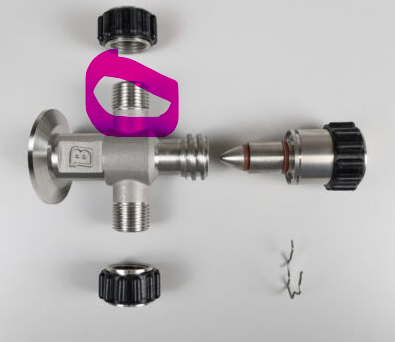Komodo
Well-Known Member
Believe me, I was kinda dumbfounded by the response. I even asked if they could explain to me why it wouldn't work in both directions.Huh? There is no reason why it wouldn't work in both directions.
They responded "It will not work because of how the seals and the valve are set up. There wouldn't be a way to seal it up against the kettle wall plus the linear portion of the valve would not work properly."
In my application, which is following pretty close to your ebiab setup @Bobby_M , it would be screwed into the kettles female NPT couplings using the male NPT arm of the valve. Then I'd use the valves female NPT to connect a quick release fitting / silicon hose to the pump. I was going to respond but realized I would likely be snarky and I gave up. I'm still undecided on what I'll do. My main reason for the linear valve was ease of cleaning. 2 piece aren't bad once correctly opened, three piece are heavier and have lots of parts disassembled. I'm also wondering on the flow rate vs regular ball valve?
Sorry OP, I didn't mean to hijack.



















































![Craft A Brew - Safale S-04 Dry Yeast - Fermentis - English Ale Dry Yeast - For English and American Ales and Hard Apple Ciders - Ingredients for Home Brewing - Beer Making Supplies - [1 Pack]](https://m.media-amazon.com/images/I/41fVGNh6JfL._SL500_.jpg)







